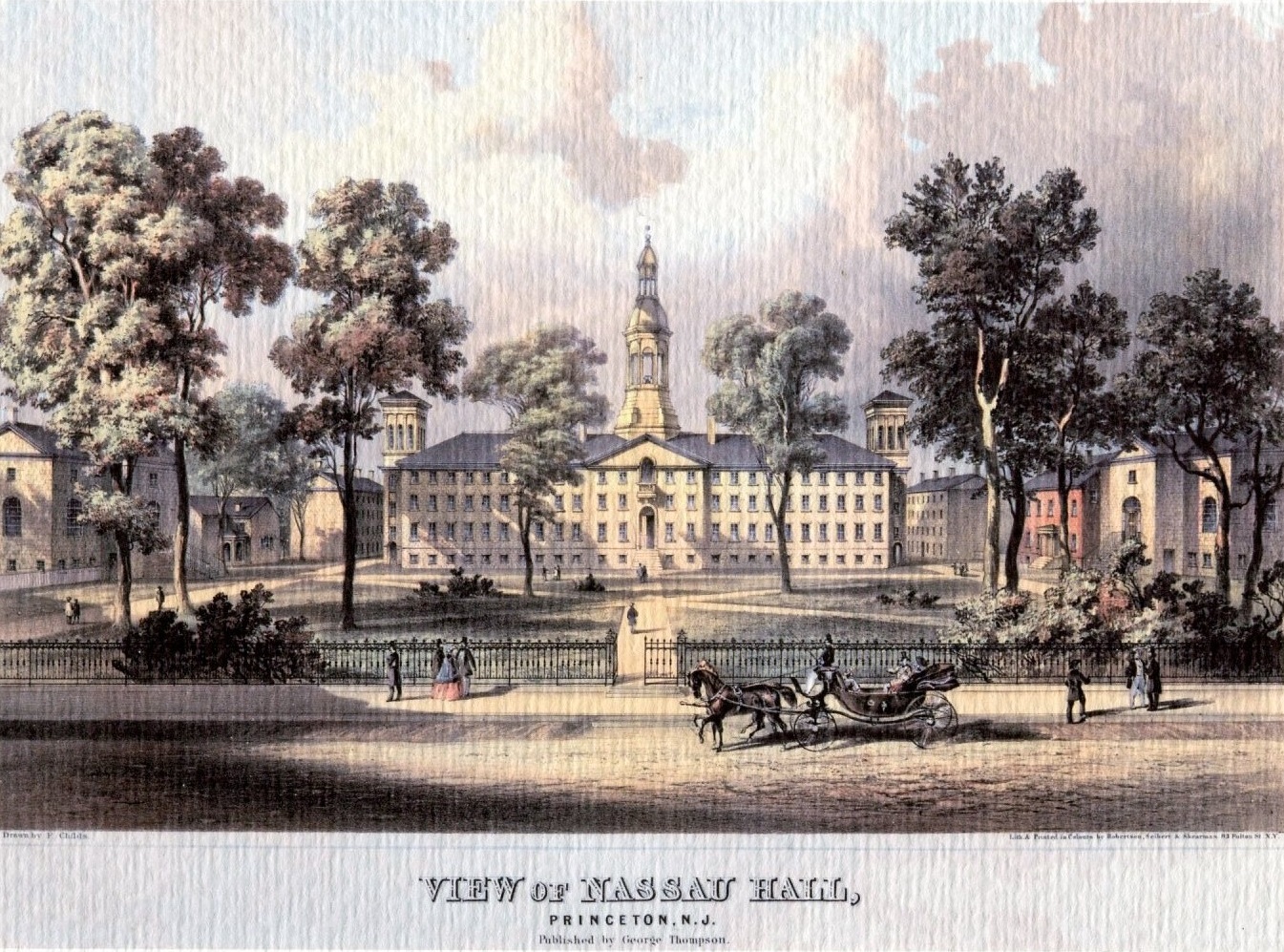In this short video from around 1983, President Bowen discusses Wu Hall, the then-new dining facility for Butler College. The video highlights three elements that played increasingly significant roles in shaping Princeton over the following decades: the support of alumnus Gordon Wu, the residential colleges system, and the architecture of alumnus Robert Venturi.
We don’t know the exact purpose for which this video was created, but it may have been part of the promotional material for A Campaign for Princeton, the fundraising campaign that officially ran from 1982 to 1986. As previously discussed on this blog, A Campaign for Princeton was enormously successful, bringing in an average of $1,000,000 per week at its height.
The Support of Gordon Wu ’58
The Vision of William Bowen *58
The Architecture of Robert Venturi ’47, *50
 Wu Hall was a critical and artistic success, winning eight different awards for its architecture and interior design. As noted by Princeton University Interactive Campus History, “This critical acclaim was something new for the University, which had been castigated for years for the stylistic timidity of its modern buildings — especially when compared to the architectural daring of its peers in New Haven and Cambridge.” A preliminary study for the entrance and elevation, and a preliminary study of the entrance and windows now reside in The Museum of Modern Art.
Wu Hall was a critical and artistic success, winning eight different awards for its architecture and interior design. As noted by Princeton University Interactive Campus History, “This critical acclaim was something new for the University, which had been castigated for years for the stylistic timidity of its modern buildings — especially when compared to the architectural daring of its peers in New Haven and Cambridge.” A preliminary study for the entrance and elevation, and a preliminary study of the entrance and windows now reside in The Museum of Modern Art.Apparently the people at Princeton who had put their faith in Venturi were not overly troubled by the controversy his buildings created. To date, his firm has designed five projects on campus: Wu Hall (1983), Lewis Thomas Laboratory (1986), Fisher and Bendheim Halls (1990), Schultz Laboratory (1993) and Frist Campus Center (2000), as well as portions of the Princeton Club of New York(1990 and 1991).
— Christie Peterson, University Archives Project Archivist
This VHS video is part of the University Archives’ Historical Audiovisual Collection (item no. 1327). Images are taken from this film.

